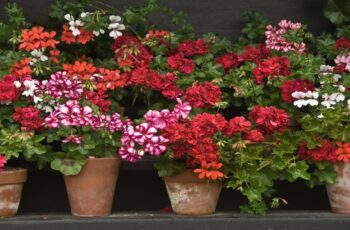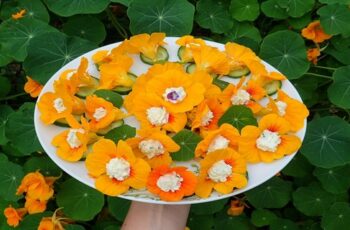Ad Blocker Detected
Our website is made possible by displaying online advertisements to our visitors. Please consider supporting us by disabling your ad blocker.
Both blackberries and raspberries belong to the bramble family. Once they take root, they have the potential to thrive for multiple seasons, generously yielding fruit that multiplies year after year. However, this bountiful harvest relies heavily on appropriate pruning and winter care.
Regrettably, while the enjoyment of eating blackberries and raspberries is nearly universal, understanding the intricacies of their growth and production remains a mystery for many gardeners. To ensure these perennial fruits rest well before winter sets in, having a clear understanding of their growth patterns is imperative. This knowledge forms the foundation for effective winter preparation.
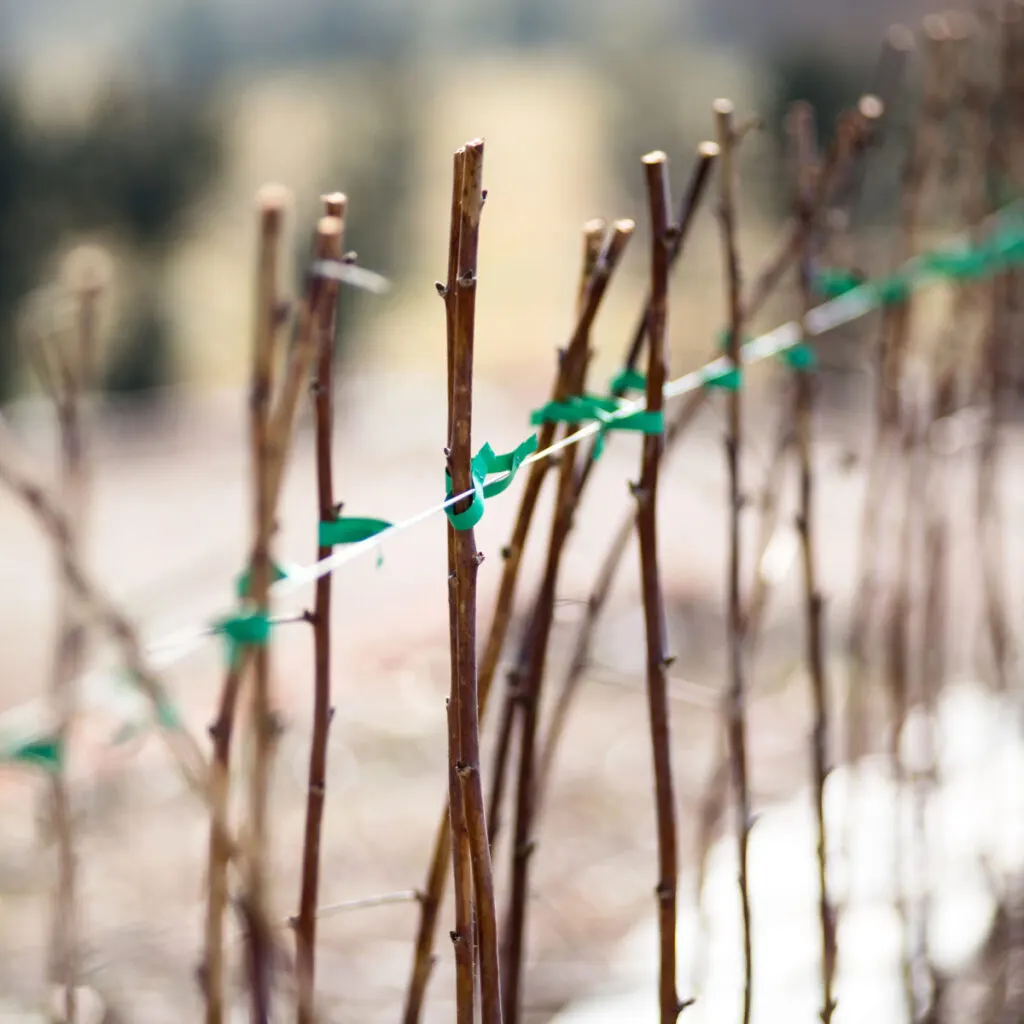 Properly preparing blackberry and raspberry plants for winter sets the stage for a bountiful harvest in the following year. It involves a combination of pruning, mulching, protecting against winter winds, and ensuring adequate moisture levels. These steps are essential for the plants’ health and productivity.
Properly preparing blackberry and raspberry plants for winter sets the stage for a bountiful harvest in the following year. It involves a combination of pruning, mulching, protecting against winter winds, and ensuring adequate moisture levels. These steps are essential for the plants’ health and productivity.
Lifecycle Of Blackberry And Raspberry Plants
Mastering the art of winterizing blackberry and raspberry plants hinges on understanding their growth cycle. This knowledge guides you in discerning which canes will bear fruit in the upcoming year and which will not.
The roots and crowns of blackberry and raspberry plants are perennial, persistently expanding with each passing year. In contrast, the canes, which are the branches emerging from the ground, are biennial in nature. Despite the plant itself being perennial, the canes have a lifespan of just two years.
During their initial year of growth from the base, a cane is referred to as a primocane. In this first year, canes exclusively yield foliage during the spring and summer, without producing any fruit.
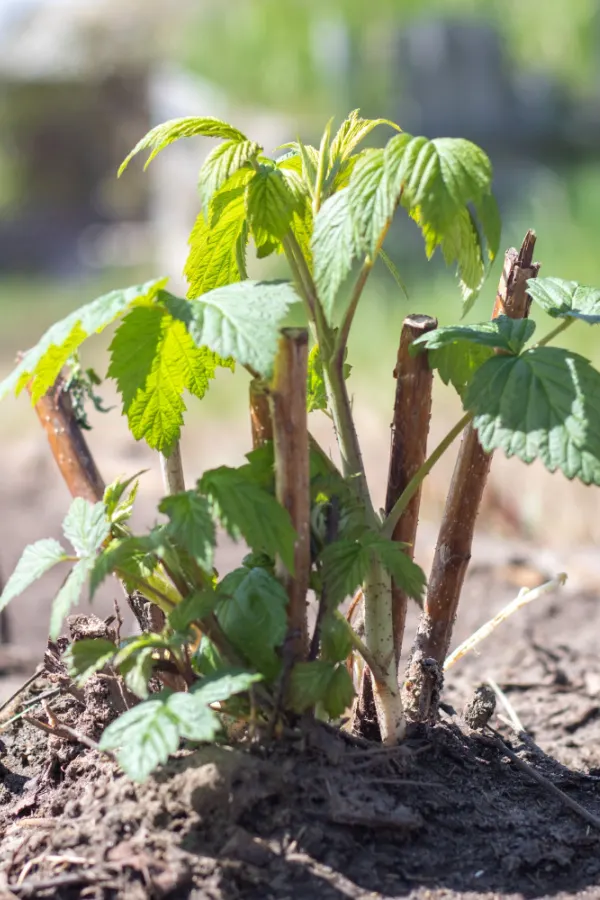 First-year canes emerge from the base and typically have a light green color. On the other hand, second-year canes, which are the ones that will bear fruit, tend to be darker in color. This distinction is crucial for effective pruning and care of blackberry and raspberry plants.
First-year canes emerge from the base and typically have a light green color. On the other hand, second-year canes, which are the ones that will bear fruit, tend to be darker in color. This distinction is crucial for effective pruning and care of blackberry and raspberry plants.
Following overwintering, first-year canes progress into their second year, known as the floricane stage. Floricanes are essentially just two-year-old canes. During this phase, the canes of blackberry and raspberry plants develop blooms and fruit on short branches.
However, after producing fruit in their second year, these canes die off permanently. This prompts the question: how do blackberry and raspberry plants endure year after year? The answer lies in the continuous cycle of growth. Each new season brings forth a fresh batch of first-year canes, while the second-year canes fulfill their role by bearing fruit before naturally reaching the end of their lifespan. This cyclical process ensures the plants’ sustained vitality.
Preparing Blackberry and Raspberry Plants For Winter
The initial consideration for fall care of blackberry and raspberry plants is your climate. Growing locations in the South require comparatively less care and preparation than those in the North. This is attributed to the fact that winters with temperatures dropping below freezing can pose greater challenges for these plants.
Pruning Plants In The Fall
In the autumn, the first step is pruning. Start by eliminating any canes that show signs of damage, disease, or pest infestation. These compromised canes will not contribute to the plant’s productivity in the following year.
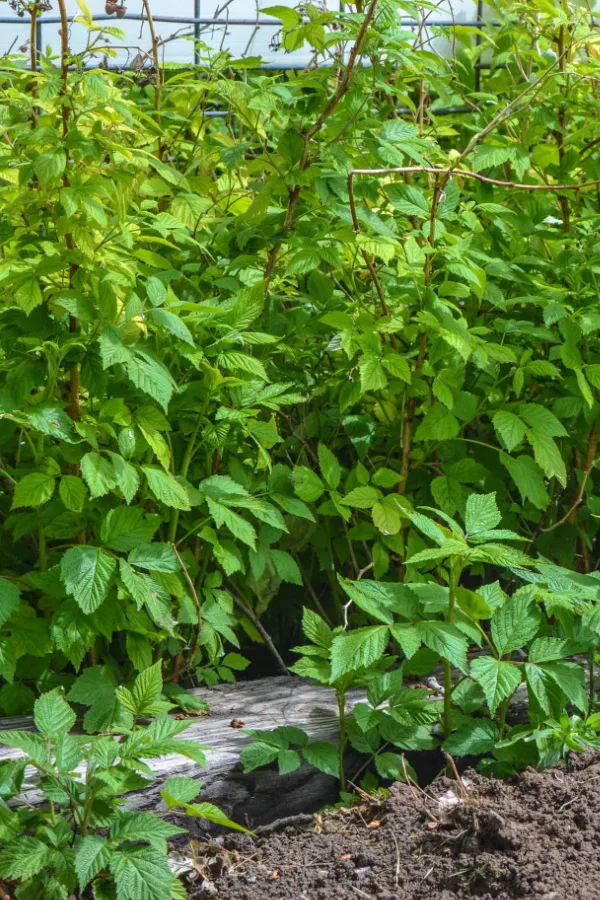
Absolutely, annual pruning is essential to prevent blackberry and raspberry plants from becoming unruly and overcrowding their growing area. This practice not only helps maintain a tidy and organized space but also promotes healthier growth and higher fruit production.
While conducting the pruning, also eliminate any canes that have extended beyond your designated growing area or have strayed too far. This practice maintains a tidy growing space and enhances airflow for the upcoming year. Next, focus on removing all the second-year canes, which bore fruit this year but won’t survive into the third year.
The objective of fall pruning is to safeguard the newly grown first-year canes. These canes will rejuvenate and bear fruit in the following season. The more space you can provide for the first-year canes by removing the second-year ones, the better.
But why prune in the fall instead of the spring? While pruning can technically be done at either time, doing it in the fall reduces the risk of damage during the winter months when plants tend to be more unruly. Additionally, come spring, it can be challenging to differentiate between the new first-year canes, the second-year ones, and the older second-year canes.
Thinning First-Year Canes
Finally, don’t forget to prune any first-year canes that have grown excessively thick. The aim is to create a balanced density, allowing for approximately 4 to 5 first-year canes per foot of available growing space. Additionally, trim down any canes that are growing too tall or have become unruly. This ensures an optimal growing environment for your blackberry and raspberry plants.
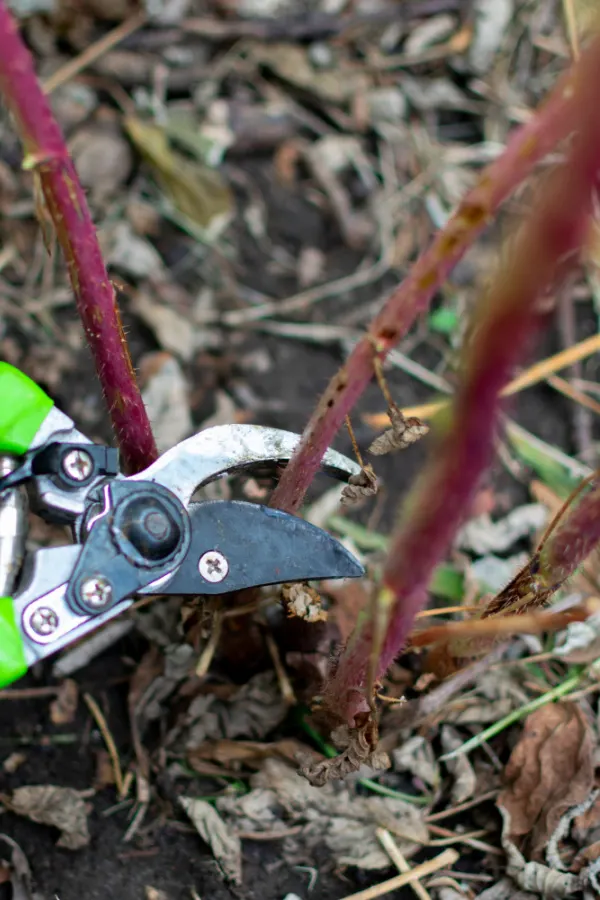
Certainly, it’s advisable to prune summer-bearing plants in the fall, leaving only 4 to 5 first-year canes per square foot. This practice helps maintain an optimal balance and encourages healthy growth and fruit production in the upcoming season.
After finishing the pruning process, consider providing your canes with some additional safeguarding against winter winds. If you have a trellis system in place, secure the remaining canes to the trellis. This reduces the risk of wind-induced damage over the winter months. In regions where canes are particularly exposed to harsh winter conditions, consider covering them with burlap for added protection against snow and wind.
Mulching
Following pruning, the subsequent crucial step in winterizing blackberry and raspberry plants is mulching. This is vital for controlling competing weeds and safeguarding the shallow roots from repeated freezing and thawing.
Apply a layer of mulch that is three to five inches thick to shield the roots and crowns of the plants throughout the winter season. Organic materials like straw, wood chips, or shredded leaves are all excellent choices for mulching around blackberry and raspberry plants.
In areas experiencing severe winters, consider gently bending long canes downwards and covering them with either mulch or cloth for extra protection. Remember to remove the mulch after winter and reattach the canes to your trellis.
